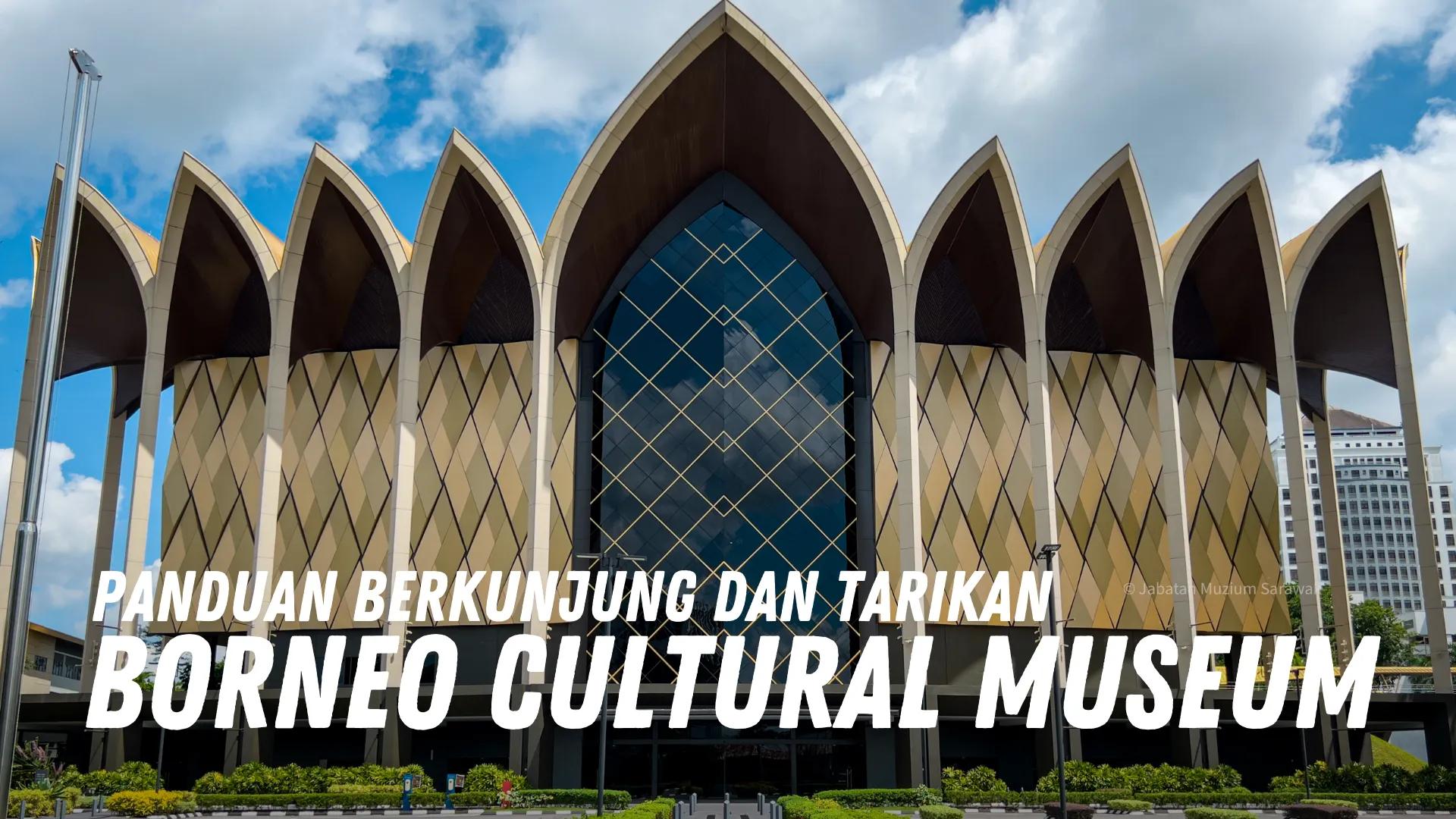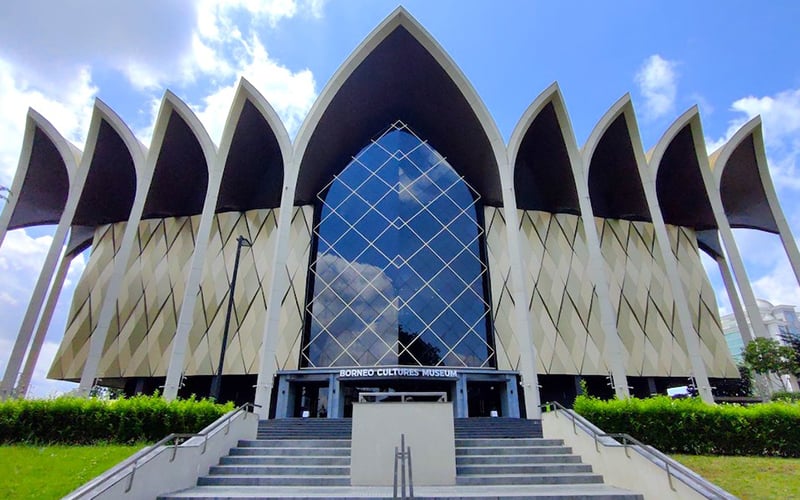Borneo Cultures Museum: Portal to Indigenous Wisdom
Borneo Cultures Museum: Portal to Indigenous Wisdom
Blog Article
Look Into the Interesting World of Borneo's Cultural Heritage: A Comprehensive Overview to the Cultures Gallery Experience
Submersing oneself in the intricate tapestry of Borneo's social heritage is similar to starting a voyage via time and tradition. The fusion of indigenous people, standard handicrafts, fascinating efficiencies, and historical narratives housed within the confines of the island's museums supplies a glance right into a world brimming with profound heritages and dynamic customs. As visitors go across with these repositories of culture, they are bid to explore a realm where past and present intermingle, inviting contemplation on the strength and richness of Borneo's varied heritage.
Aboriginal Tribes of Borneo
Borneo is home to over 50 native people, each with distinct social practices and customs that have actually been maintained for generations. Among these tribes are the Iban, understood for their conventional longhouses and intricate tattoos where several families reside.
These indigenous tribes play a vital function in preserving Borneo's abundant social tapestry. Despite exterior influences and innovation, several tribes remain to promote their languages, customs, and beliefs. Visitors to Borneo have the opportunity to immerse themselves in the one-of-a-kind way of livings of these people with cultural tours, homestays, and community-based tourist initiatives. By engaging with these indigenous neighborhoods, visitors can get a deeper gratitude for the diversity and strength of Borneo's indigenous heritage.
Typical Inventions and Artifacts

One popular instance of conventional handicrafts in Borneo is the manufacturing of woven items - Borneo Cultures Museum. Proficient weavers make use of all-natural fibers like bamboo, pandan, and rattan entrusts to develop detailed baskets, floor coverings, and accessories adorned with vibrant patterns that hold symbolic definitions within the neighborhood
The art of woodcarving is another substantial aspect of Borneo's standard handicrafts. Artisans sculpt detailed designs into various kinds of timber to generate masks, sculptures, and musical tools that not just serve functional purposes however likewise hold social relevance, commonly depicting mythology or spiritual beliefs.
In Addition, Borneo is renowned for its beadwork, with craftsmens carefully crafting beads from materials like glass, seeds, and coverings to create jewelry, clothes embellishments, and ornamental products that showcase the region's vivid aesthetic customs. These traditional inventions and artefacts not only function as tangible expressions of Borneo's cultural heritage but likewise give insights into the communities' beliefs, worths, and lifestyle.

Social Performances and Festivals
With a deep-rooted connection to their social customs, the neighborhoods in Borneo come active with vibrant cultural performances and events that commemorate their heritage. These events display the rich diversity of Borneo's ethnic teams, each offering unique dances, music, and routines that have been given via generations. Among the most renowned festivals is the Gawai Dayak, commemorated by the Dayak people to mark the rice gathering period. Throughout this festival, standard music fills up the air, complex dances are performed, and intricate conventional costumes are worn. One more significant occasion is the Pesta Kaamatan, commemorated by the Kadazandusun area to appreciate for the rice harvest. This event features social efficiencies, including the Sumazau dance, and conventional sports like the bamboo dance. Visitors to Borneo can immerse themselves in these celebrations, obtaining a deeper understanding of the region's cultural heritage and experiencing the warm hospitality of its people. Cultural efficiencies and festivals act as a lively suggestion of Borneo's abundant social tapestry and the importance of protecting these practices for future generations.
Historical Narratives and Artifacts
Exploring the historical narratives and artifacts of Borneo supplies an interesting look right into the region's abundant past and cultural development. Borneo's historical tapestry is woven with diverse impacts, mirroring the interactions between native tribes, Chinese investors, European colonizers, and Malay sultanates. The artifacts located in Borneo showcase this elaborate background, varying from standard crafts like complex beadwork and woodcarvings to historical prizes such as old ceramic and tools.
One of the most compelling aspects of Borneo's historical stories is the conservation of dental practices passed down with generations. These stories supply understandings right into the beliefs, customs, and lives of Borneo's inhabitants throughout the centuries. Moreover, the artefacts unearthed from historical sites supply tangible connections to these stories, allowing site visitors to witness the material society of previous cultures firsthand.
Contemporary Cultural Preservation Initiatives

Additionally, curricula and cultural exchange activities play a critical duty in raising recognition concerning the significance of protecting Borneo's distinct cultural heritage. By involving schools, galleries, and the wider community in conversations and activities that celebrate Borneo's varied societies, conservation efforts can gain momentum and assistance for long-term sustainability. Collaborations between governmental bodies, charitable companies, and local areas are essential in driving these preservation endeavors ahead, ensuring that Borneo's abundant social heritage remains lively and treasured for generations ahead.
Conclusion
Finally, the cultural heritage of Borneo is diverse and rich, with aboriginal people, standard handicrafts, cultural efficiencies, celebrations, historic stories, and contemporary conservation efforts all adding to its individuality and value. Visitors to Borneo's social museums can gain a deeper understanding and recognition of the area's social heritage, allowing for a much more immersive and enlightening experience.
Submersing oneself in the detailed tapestry of Borneo's cultural heritage is akin to beginning on a trip with time and tradition.With a deep-rooted link to their social traditions, the communities in Borneo come alive with vibrant social efficiencies and celebrations that commemorate their heritage. Cultural efficiencies and festivals offer as a vivid pointer of Borneo's abundant social tapestry and the value of maintaining these traditions for future generations.
Furthermore, educational programs and cultural exchange tasks play a crucial role in elevating awareness regarding the relevance of maintaining Borneo's special cultural heritage. Collaborations between governmental bodies, charitable organizations, and neighborhood areas are important in driving these preservation ventures onward, ensuring that Borneo's abundant cultural heritage continues to be vibrant and valued for generations to come.
Report this page